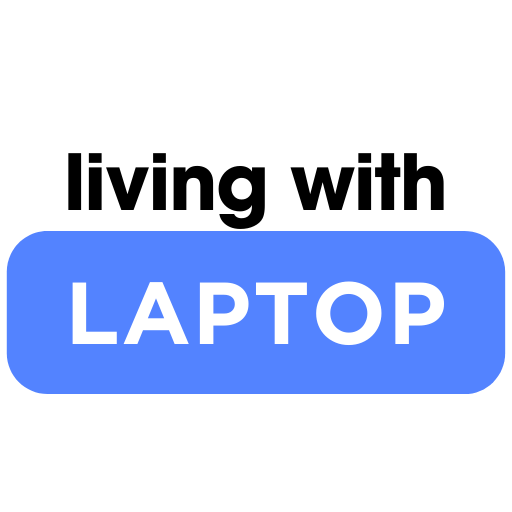Email has become an essential tool for communication in the modern workplace, especially for remote workers. However, the influx of emails can quickly become overwhelming, leading to decreased productivity, increased stress, and a sense of being constantly behind.
This article explores effective email management strategies tailored explicitly for remote workers to help them regain control over their inboxes, prioritize tasks, and optimize their workflow.
Understanding the Challenges of Email Overload
Volume of Emails
Remote workers often receive a high volume of emails from colleagues, clients, and stakeholders, making it challenging to keep up with incoming messages and respond promptly.
Time Constraints
Managing emails can be time-consuming, especially when juggling multiple tasks and responsibilities. Remote workers may struggle to find time to review and respond to emails amidst other work duties.
Distraction and Interruptions
Continuously checking and responding to emails throughout the day can lead to distractions and interruptions, disrupting workflow and reducing the focus on essential tasks.
Effective Email Management Strategies
Set Specific Email Check-in Times
Instead of checking emails throughout the day, designate specific times to prevent and respond to messages.
You can schedule dedicated blocks of time in your calendar for email management, allowing you to focus on other tasks during the rest of the day.
Use Email Filters and Labels
Utilize email filters and labels to organize incoming messages and prioritize your inbox. Create filters to automatically sort emails into folders based on sender, subject, or keywords, helping you identify and address essential messages more efficiently.
Implement the Two-Minute Rule
Adopt the two-minute rule for handling emails: if an email can be addressed in two minutes or less, respond to it immediately.
For longer tasks, add them to your to-do list or schedule dedicated time to address them during your designated email check-in times.
Reduce Unnecessary Emails
Minimize unnecessary emails by unsubscribing from mailing lists, setting up email preferences to reduce promotional messages, and using email aliases for online registrations and subscriptions.
Streamlining your inbox can help reduce clutter and focus on essential communications.
Use Templates and Canned Responses
Create email templates and canned responses for frequently asked questions or common inquiries.
Having pre-written responses on hand can save time and ensure communication consistency, especially for recurring tasks or client interactions.
Prioritize Your Inbox
Prioritize your inbox by focusing on emails that require immediate attention or action. Use features like starred messages, flags, or color-coding to highlight urgent messages or tasks, allowing you to address them promptly and efficiently.
Batch Process Emails
Batch process emails by grouping similar tasks and addressing them in batches. Set aside dedicated time blocks to handle specific emails, such as responding to inquiries, reviewing updates, or processing requests, to maximize efficiency and minimize distractions.
Practice Inbox Zero
Strive for inbox zero by regularly decluttering and organizing your inbox. Aim to address, archive, or delete emails as soon as possible, keeping your inbox clean and manageable.
Use folders or archives to store important messages for future reference and maintain a clutter-free inbox.
Cultivating Healthy Email Habits
Set Boundaries
Establish clear boundaries around your email usage to prevent it from encroaching on your time and space.
Avoid checking emails outside designated work hours or during downtime to promote work-life balance and prevent burnout.
Communicate Expectations
Communicate expectations with colleagues, clients, and stakeholders regarding your email response times and availability.
Set realistic expectations around when they can expect to receive your response, helping manage their expectations and reduce unnecessary follow-ups.
Take Breaks
You should take regular breaks throughout the day to step away from your inbox and recharge.
Disconnecting from email periodically lets you clear your mind, reduce stress, and return to your inbox with renewed focus and energy.
Unplug Occasionally
Unplug from email entirely during vacations or extended periods off to recharge and rejuvenate.
Set up out-of-office auto-replies to inform others of your absence and provide alternative contact points for urgent matters, allowing you to disconnect without guilt or worry.
Conclusion
Effective email management is essential for remote workers to maintain productivity, reduce stress, and optimize workflow.
By implementing strategies such as setting specific email check-in times, using filters and labels, reducing unnecessary emails, and practicing inbox zero, remote workers can regain control over their inboxes and focus on high-priority tasks.
Cultivating healthy email habits, such as setting boundaries, communicating expectations, taking breaks, and occasionally unplugging, is essential for maintaining work-life balance and well-being.
By adopting these email management strategies and habits, remote workers can streamline their workflow, improve productivity, and thrive in remote work environments.




